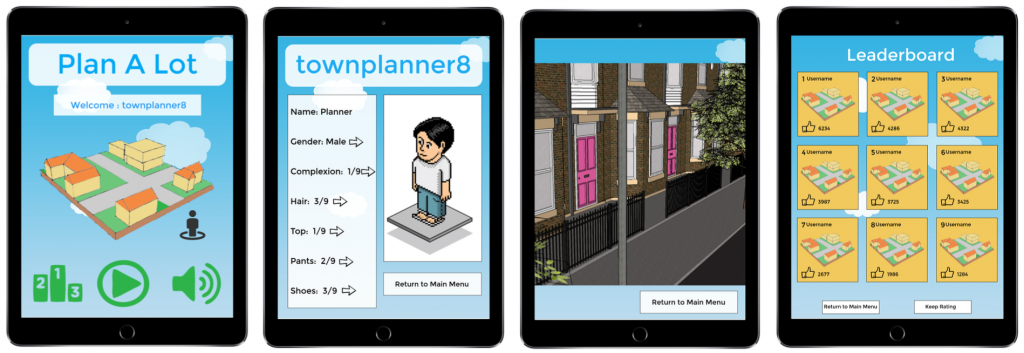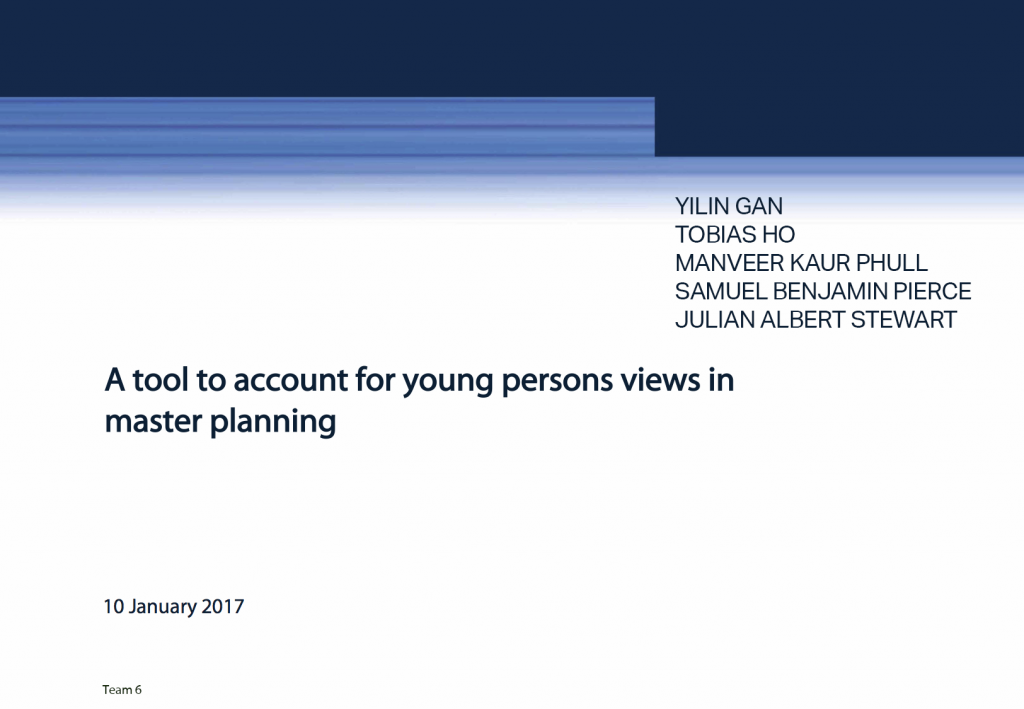Hi, this is our week 1 blog for the project “Standardising ‘statements of community consultation’ for major housing schemes”, which is being done by Cara, Ellie, Cindy, Rory and Thomas.
Project Brief
Within the first week, before meeting with the clients in the seminar on Wednesday, we met as a group to analyse the brief we had been given. We can establish from the brief that the overall goal of the project is to improve the communication between developers and local residents to formulate the ‘statement of community involvement’ developers are required to complete in the ‘pre-application’ stage of a major housing scheme, as set out by Newcastle City Council. The brief lays out the long-term goal of delivering a model ‘community involvement app’. For the project, the key stakeholders identified are the developer, the city council, and the public/community groups.
Questions for the client
We discussed, as a group, potential questions we had from breaking down the brief and so listed them to ask in the upcoming client meeting.
- What is the current process for community consultation? How could it be improved? What is currently good about it?
- Have there been any previous attempts to improve communication between developers and the community?
- Do you have any prior ideas about what you would like the app to include?
- What are the main issues normally raised from community consultations? Are there similarities that can be drawn between certain types of schemes or certain areas in the city?
- Demographics? Who are the people that generally respond to community consultation? Who are the people that don’t? Do certain areas of the city always respond more than other areas?
- Are there any users involved, other than the listed stakeholders?
- Are there any tensions between the stakeholders? Why do those tensions arise?
- Contact details for social groups or community groups, to get their opinion on how to improve communication
- What goals do each stakeholder have for the future, in terms of developing major housing schemes?
We are looking forward to meeting with the client on 11th October to ask these questions, in order to establish exactly what they want from the project- what processes there are now and how they want it to change.

